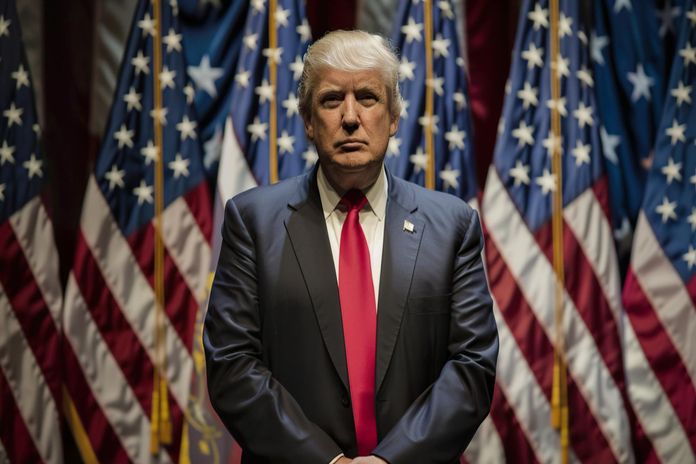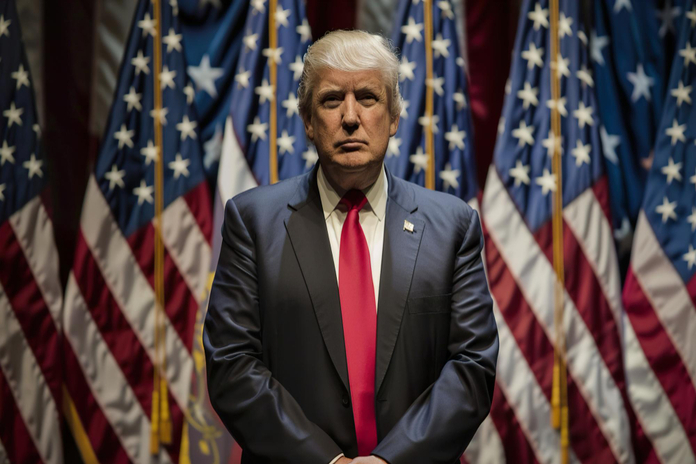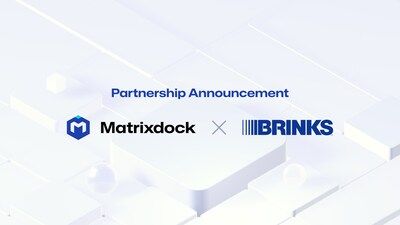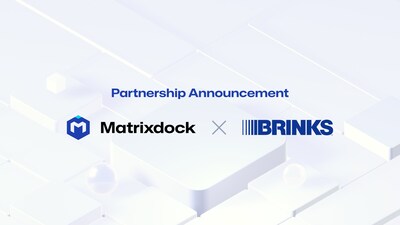NIP Group Expands Esports Portfolio Through Strategic Partnership with The9 Limited
Partnership to Transform MIR M into Global Esports Title
WUHAN, China, Nov. 26, 2024 /PRNewswire/ — NIP Group Inc. (NASDAQ: NIPG) (“NIP Group” or the “Company”), a leading digital entertainment company, and The9 Limited (“The9”) today announced that NIP Group has entered into a strategic partnership with China Crown Technology Limited (“China Crown“), a wholly owned subsidiary of The9, to develop “MIR M” into a competitive esports title. Together, both parties aim to create a game that embodies the characteristics of MIR M and is suitable for esports adoption.
China Crown secured the exclusive publishing license of “MIR M” from Wemade Co., Ltd. (“Wemade”) in Mainland China in May 2024. The game is the latest version of the classic game “MIR”, including both mobile and PC versions. China Crown’s parent company, The9, listed on Nasdaq in 2004 and is one of China’s earliest online game developers and operators, known for successfully introducing multiple globally renowned titles to China, such as World of Warcraft and MU Online.
Under the agreement, the parties will collaborate deeply across three key areas: in-game esports integration, esports tournament system development, and promotion and marketing. NIP Group will leverage its extensive esports experience, event production capabilities, and social media resources both domestically and internationally, in combination with the vast player base of the game soon to be released by The9, to expand the market jointly. In addition, they will build a highly commercialized tournament ecosystem centered around the game and provide extensive support for its global promotion. This includes creating a synchronized, comprehensive, and highly efficient esports marketing network that resonates with esports fans.
Mario Ho, Chairman and Co-CEO of NIP Group commented: “We are thrilled to partner with The9. The9 has been committed to providing users with the forefront of gaming experiences and technical support. Combining the global esports expertise and fan engagement capabilities of NIP Group, we’re well-positioned to transform MIR M into a compelling esports title. Our shared vision is to create an engaging esports experience that honors the game’s legacy while opening new possibilities for competitive play.”
Hicham Chahine, Co-CEO of NIP Group remarked: “We are intensely focused on expanding our business across key verticals in a way that will have a tremendous impact on the growth of the industry at large. Through innovative partnerships, like today’s with The9, NIP Group is able to push the boundaries of our vision for a digital entertainment ecosystem that will reimagine IPs, develop additional market opportunities, and engage fans with new, creative experiences.”
Jun Zhu, Chairman and CEO of The9 added: “We are delighted to enter into this agreement with NIP Group. As a global digital entertainment group, NIP Group brings unparalleled expertise and resources in the esports sector, which will play a critical role in advancing the esports component of MIR M. We look forward to making this game one of the world’s largest esports titles.”
This partnership represents a significant advance in NIP Group’s strategy of diversifying its revenue streams, expanding its fan base, enhancing brand influence, and strengthening market competitiveness. It also marks an important milestone in the Company’s efforts to develop its game publishing business.
NIP Group remains committed to exploring innovative opportunities, delving deeper into the potential of creating entire esports ecosystems around games from scratch, driving the prosperity of the esports industry, and delivering more extraordinary experiences to esports enthusiasts worldwide.
About NIP Group
NIP Group (NASDAQ: NIPG) is a digital entertainment company created for a growing global audience of gaming and esports fans. The business was formed in 2023 through a merger between legendary esports organization Ninjas in Pyjamas and digital sports group ESV5, which includes eStar Gaming, a world leader in mobile esports. Building on the success of its competitive teams with an innovative mix of business ventures, including talent management, event production, hospitality and game publishing, NIP Group is developing transformational experiences that entertain, inspire and connect fans worldwide, to expand its global footprint and engage digital-first gamers where they are. NIP Group currently has operations in Sweden, China, Abu Dhabi and Brazil, and its esports rosters participate across multiple game titles at the biggest events around the world.
About The9 Limited
The9 Limited (NASDAQ: NCTY) is an Internet company listed on Nasdaq in 2004. The9 is committed to become a global diversified high-tech Internet company, and is engaged in online games operation, Bitcoin mining and AI investment businesses in different industries.
Safe Harbor Statements
This press release contains statements that constitute “forward-looking” statements. These statements are made under the “safe harbor” provisions of the U.S. Private Securities Litigation Reform Act of 1995. These forward-looking statements can be identified by terminology such as “will,” “expects,” “anticipates,” “aims,” “future,” “intends,” “plans,” “believes,” “estimates,” “likely to” or other similar expressions. Among other things, the business outlook and quotations from management in this press release, as well as NIP Group’s strategic and operational plans, contain forward-looking statements. NIP Group may also make written or oral forward-looking statements in its periodic reports to the U.S. Securities and Exchange Commission (the “SEC”), in its annual report to shareholders, in press releases and other written materials and in oral statements made by its officers, directors or employees to third parties. Statements that are not historical facts, including but not limited to statements about NIP Group’s beliefs, plans and expectations, are forward-looking statements. Forward-looking statements involve inherent risks and uncertainties. A number of factors could cause actual results to differ materially from those contained in any forward-looking statement, including but not limited to the following: NIP Group’s growth strategies; its future business development, results of operations and financial condition; its ability to maintain and enhance the recognition and reputation of its brand; developments in the relevant governmental laws, regulations, policies toward NIP Group’s industry; and general economic and business conditions globally and in the countries or regions where NIP Group has operations; and assumptions underlying or related to any of the foregoing. Further information regarding these and other risks is included in NIP Group’s filings with the SEC. All information provided in this press release is as of the date of this press release, and NIP Group undertakes no obligation to update any forward-looking statement, except as required under applicable law.
![]() View original content:https://www.prnewswire.com/news-releases/nip-group-expands-esports-portfolio-through-strategic-partnership-with-the9-limited-302316264.html
View original content:https://www.prnewswire.com/news-releases/nip-group-expands-esports-portfolio-through-strategic-partnership-with-the9-limited-302316264.html
SOURCE The9 Limited

Featured Image: depositphotos @ ilolab








